 The new Seattle 2016 stormwater code, effective Jan 1, 2016 addresses stormwater regulations in order to protect people, property, and the environment from damage caused by stormwater runoff. Drainage control, flow control and stormwater treatment, and “On Site Stormwater Management”, are key factors in what you can and cannot do with runoff caused by impervious surfaces. The new code satisfies Seattle’s obligation to be in compliance with the Municipal Stormwater Discharge National Pollutant Discharge Elimination System (NPDES) Permit, issued by the Washington State Department of Ecology.
The new Seattle 2016 stormwater code, effective Jan 1, 2016 addresses stormwater regulations in order to protect people, property, and the environment from damage caused by stormwater runoff. Drainage control, flow control and stormwater treatment, and “On Site Stormwater Management”, are key factors in what you can and cannot do with runoff caused by impervious surfaces. The new code satisfies Seattle’s obligation to be in compliance with the Municipal Stormwater Discharge National Pollutant Discharge Elimination System (NPDES) Permit, issued by the Washington State Department of Ecology.
The city of Seattle has put out new publication of “Best Management Practices.” The Primary purpose of the BMPs is to protect beneficial uses of water resources, while reducing erosion, and contamination of stormwater runoff entering our waterways. Collecting rainwater for beneficial use can have a significant effect meeting the requirements of the new stormwater codes on any new construction within city limits. Collecting the rain and using it reduces the impervious surface of your project. Whether its use is for irrigation, toilet flushing, laundry facility, or potable use for residential, adding rainwater collection to your project’s design can be the answer to “what do I do with the runoff to meet these challenges?”, to comply with the new stormwater code.”
Contain Water Systems Inc. and RainBank Rainwater Systems can help your Seattle building project meet the 2016 stormwater code requirements.
Contain Steel Water Tanks can be an integral part of design for commercial construction in reducing costs due to the new code and its requirements. RainBank Rainwater Systems has been designing and installing systems for more than 15 years in Washington State. Whether your project is commercial or residential, potable or non potable, RainBank and Contain have the answers for your next project. We work closely with architects, engineers, contractors, and most importantly, the customer to help meet the new stormwater codes with a knowledgeable staff and commitment of your project.

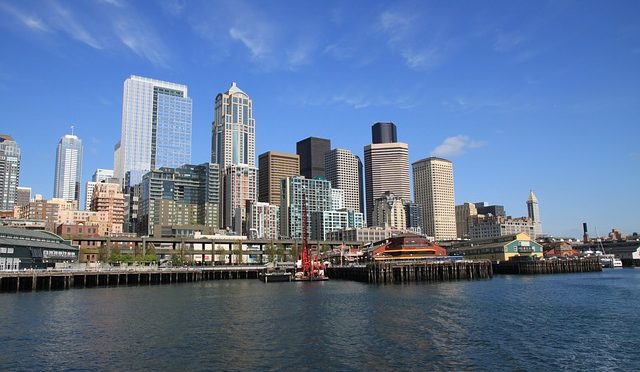
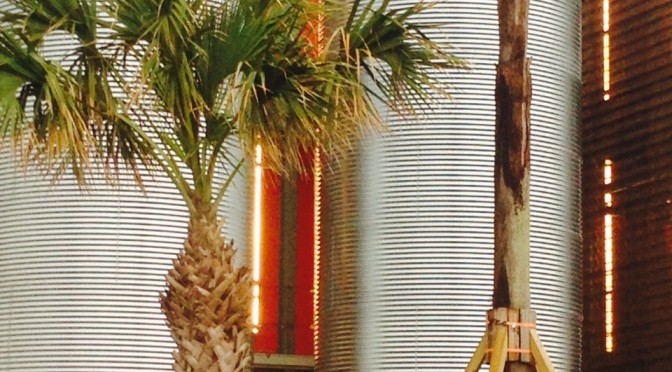
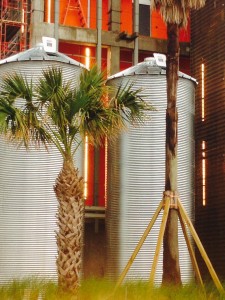 It’s important to know how to incorporate the best components into an architectural design while also building an affordable, sustainable rainwater harvesting system.
It’s important to know how to incorporate the best components into an architectural design while also building an affordable, sustainable rainwater harvesting system.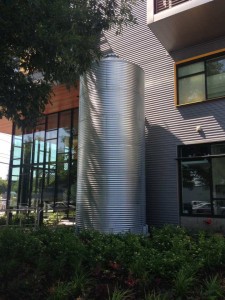 Other projects that RainBank Rainwater Systems has been involved with include:
Other projects that RainBank Rainwater Systems has been involved with include: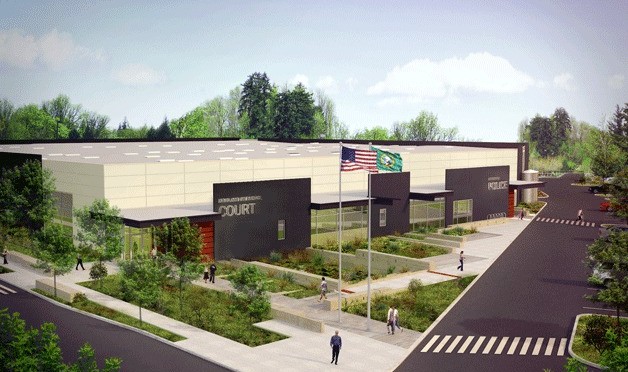
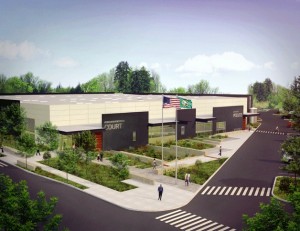 It’s hard to believe that it’s been two years since we completed the project outlined below. We are thrilled to say that interest in rainwater collection has skyrocketed, bringing it from niche to mainstream. Here’s a throwback Thursday post outlining what happened in May, 2014:
It’s hard to believe that it’s been two years since we completed the project outlined below. We are thrilled to say that interest in rainwater collection has skyrocketed, bringing it from niche to mainstream. Here’s a throwback Thursday post outlining what happened in May, 2014: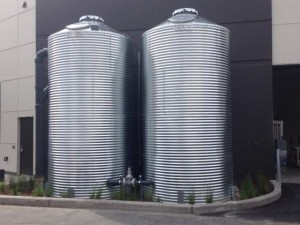 Infiltration of the soil during watering will reduce the building’s stormwater runoff and save money by not using city water.
Infiltration of the soil during watering will reduce the building’s stormwater runoff and save money by not using city water.